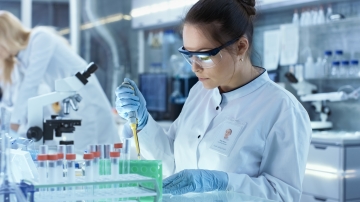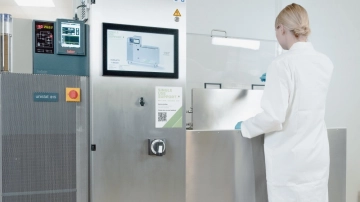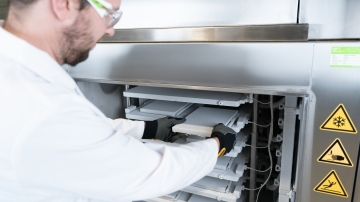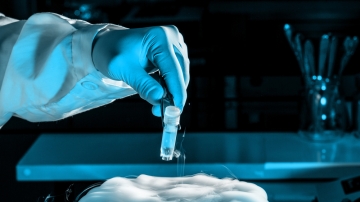Cryogenic Freezing: All you need to know
Table of contents
ShowThe processes of cryogenic freezing and cryopreservation are considered essential in biotechnology for the conservation of biomaterials. Regenerative medicine and other disciplines in life sciences were allowed to make huge leaps in the treatment of various medical conditions thanks to the possibility of long-term storage of biopharmaceutical substances at ultra-low temperatures, along with the ability to gain maximum temperature control.
But what is it that makes the proper use of a cryogenic freezer such a vital step in the cold chain of the majority of biologics, and why do different ranges of temperatures and freezing performance affect the post-thaw outcome following a freezing process? The answers to these and other questions shall be given in the course of this article, highlighting the cornerstones of cryogenic freezing for pharma applications.
What is cryogenic freezing and cryopreservation? Purpose, process and applications
Cryopreservation describes the process of preserving goods over time by the means of cold (cryo derives from the ancient greek word “krúos” for “icy cold” or “frost”), while cryogenic freezing describes the process of heat transfer in order to lower a product’s temperature down to cryogenic temperatures.
For biologics like human tissue, however, it is not as simple as putting food into the refrigerator. In fact, it is a highly complex procedure, with a variety of different possible cryopreservation methods following different protocols and using different cryopreservants to meet individual needs of the respective materials.
Generally speaking, cryopreservation describes the measures taken to preserve the viability of biological material like living cells by means of very low temperatures. As for the molecular level, by bringing the material in a frozen state far below 0°C, cell metabolism and other processes within them are slowed down and eventually stopped, resulting in a prolonged viability ex vivo with little to no damage to their structure and capabilities.
The process is often carried out by the help of cryoprotectants to avoid damage on the frozen good due to the extreme temperatures, and is widely used in the pharmaceutical industry. Nevertheless, the formulation of many drug substances are based in materials that would deteriorate at room temperature (e.g. mRNA vaccines or monoclonal antibodies that are combined with active pharmaceutical ingredients to create ADCs). Consequently, it is necessary for pharmaceutical manufacturers to establish advanced cold chain management not only throughout manufacturing processes, but along the entire supply chain of several pharmaceutical products. This is to prolong their shelf-life, preserve product quality and functionality.
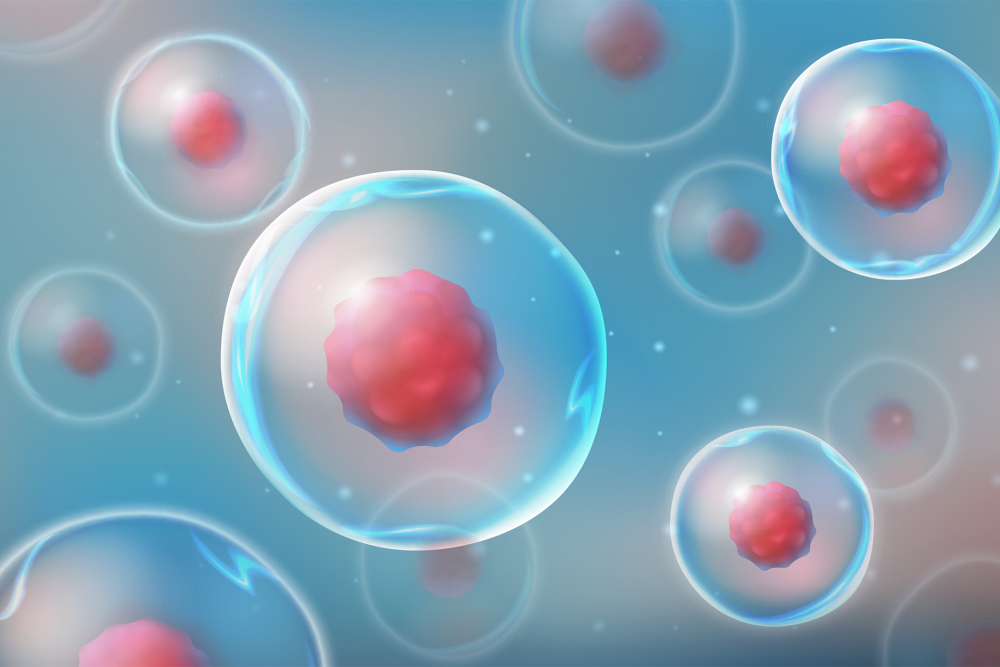
Cryopreservation and cryogenic freezing processes in biopharma: Preserving cells for future use
Cryogenic freezing and subsequent cryopreservation are very powerful tools in life sciences to preserve different cell types as well as many other biologic materials. Accordingly, they are not only used in research, but have also proven to play an essential role for germ cell preservation used e.g. in IVF (in vitro fertilization) and in clinical applications of various therapies. Here are two examples for very promising fields of application, before more detailed information shall illustrate the main principles of cryogenic freezing of cells as well as the cryopreservation of cells.
Cryogenic freezing in Stem cell therapy
The ideal conservation of stem cells is essential to maintain cell viability, since they often represent life-saving components of groundbreaking new therapeutic approaches and are therefore highly valuable. Consequently, measures must be taken to facilitate cell survival ex vivo (e. g. in dedicated biobanks) before they are further processed and subsequently potentially transferred to a patient.
Stem cells may be categorized into several groups: mesenchymal (e. g. to be found in the bone marrow), hematopoietic (e. g. harvested from the bone marrow or peripheral blood), and embryonic stem cells. They all have facilitated major progress in fields like regenerative medicine and tissue engineering, but also for oncology, as stem cells can be applied e. g. in numerous cancer treatments.
Cryogenic freezing in Gene therapy
Futurist treatments that are based on gene therapy belong to the group of ATMP (i. e. Advanced Therapy Medicinal Products) and are frequently used on patients suffering from different types of cancer, such as lymphoma or leukemia. Therefore, cells are genetically modified either in vivo or ex vivo, which makes it necessary to maintain their viability during transportation and storage process. Yet again, knowledge from cryobiology is used to bring gene therapy products to ultra-low temperatures until they can be administered.
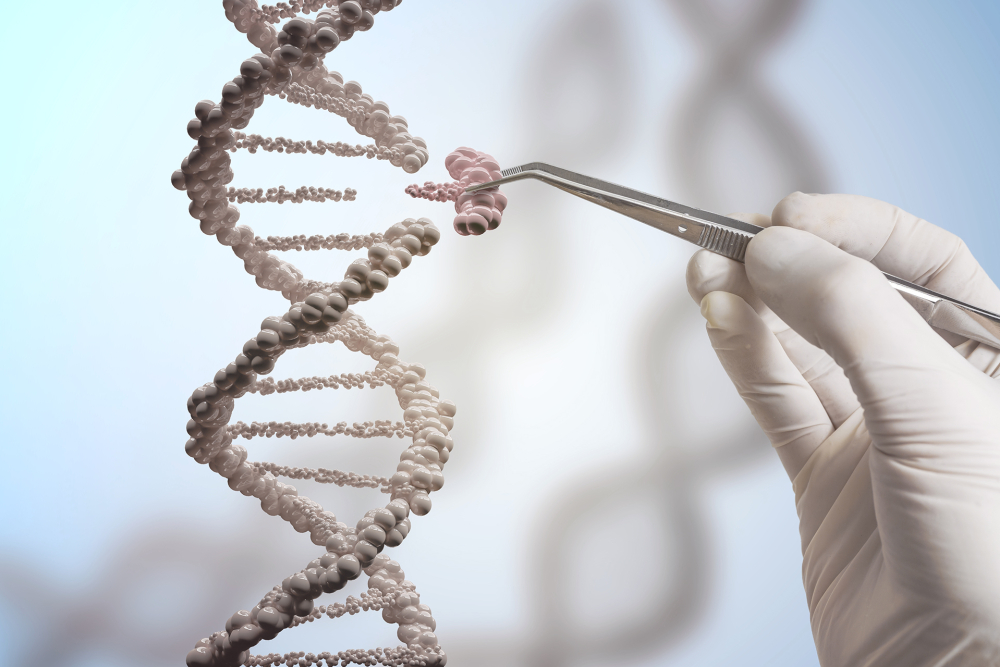
To be considered before cryogenic freezing in biopharma – methods & techniques
The ideal way to perform a cryogenic freezing process highly depends on the biological materials involved. Typical methods are slow freezing, vitrification and freeze-drying processes (i.e. lyophilization by the means of a freeze-dryer). Antifreeze proteins or CPAs (cryoprotectant or cryoprotective agents) may be added to the samples, considering that freezing and storing mammalian cells cannot be frozen and long-term stored in a dry state. Frequently used CPAs are either cell membrane-permeating (e. g. dimethyl sulfoxide / DMSO or glycerol) or nonmembrane-permeating cryoprotectants (like certain polymers), and have the purpose to reduce the risk of freezing injury on the samples, thus to enable an optimization of the product outcome. It has not been ultimately confirmed how freezing damages occur; however, the formation of extracellular ice as well as intracellular ice formation and osmotic stress (during slow cooling and/or thawing) seem to play a significant role.
In contrast to slow freezing, vitrification is a cryogenic freezing process that requires respectively high concentrations of CPAs – a limiting factor for cryopreservation, since cryoprotectant toxicity must be avoided, and factors like product viscosity, volume as well as cooling and warming rate are crucial to its success. Nevertheless, vitrification via rapid freezing minimizes ice crystal formation with an ultra-rapid yet controlled rate of temperature decrease, usually achieved via liquid nitrogen.
How to prepare cells for cryopreservation?
Considering the enormous stress that is related to cryogenic freezing, preparation of cells for cryopreservation is necessary. These include the selection of viable cells, but also the formulation of freezing solutions, usually containing cryoprotectants. Both have to be mixed for subsequent freezing.
Typically, cryogenic freezing processes are characterized by four steps:1
- adding a CPA to the sample
- freezing the sample
- controlled thawing
- removing of the CPA
What temperature to choose and why
As already stated, choosing the right temperature for the storage of biomaterials is crucial for their viability – and also the rate by which they are achieved. Although cryopreservation has made great improvements in recent years, research on how to optimize cryogenic freezing protocols are far from being over, which is underlined by studies such as the one conducted by Meneghel et al. on how variations of temperature within the cryogenic range affect cell therapy products.2
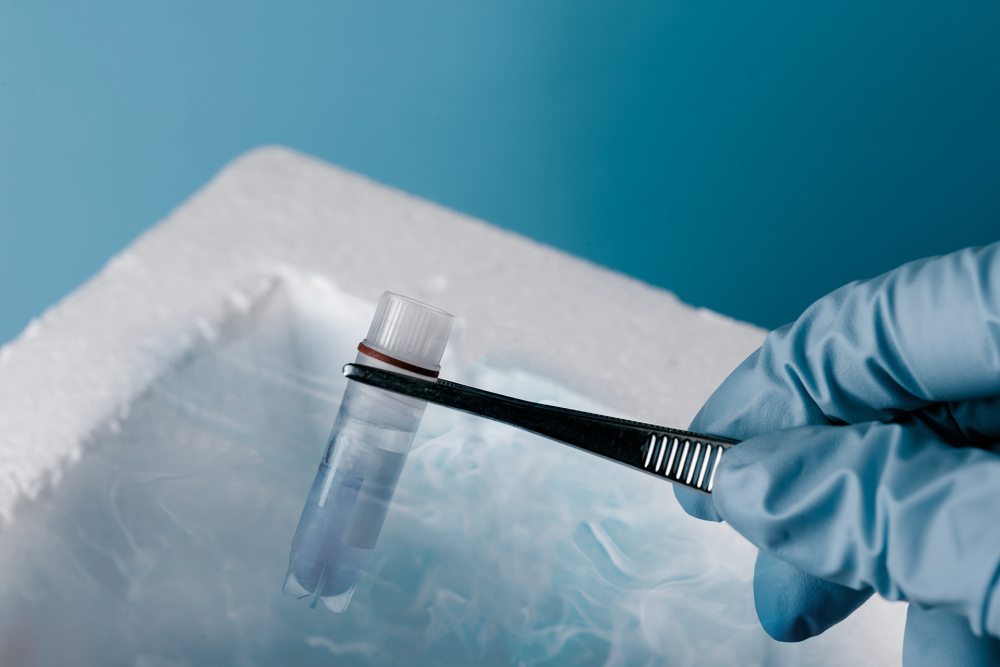
Indeed, one ideal temperature in cryopreservation does not exist: Every type of sample requires its individual storage conditions – quite justly, as an example of how to store cell therapies shall illustrate.
Example of application: Cryogenic freezing of cell therapy products
Cell therapies provide hope for patients suffering from various conditions, such as different types of cancer. As the name already anticipates, their “active ingredient” are viable cells, injected to a patient. Before, though, they have to be stored ex vivo, which implies that measures are to be taken to maintain cell viability.
At this point, cryogenic freezing and storing is performed: Cell therapies are usually stored at temperatures around -150°C, since higher temperatures are not sufficient for long-term storage: ELS (encapsulated liver cell spheroids), for instance, have been stored at different temperatures – some at -80°C, others at -170°C – to find differences in viability decrease of these cells in the course of one year. In fact, it was shown that the number of viable cells and their viability has been kept quite constant over the year at -170°C, while their decrease was already traceable after one month at -80°C.3
But before cryogenic storage can be started, the material must be cooled down to the desired temperature by a controlled cryogenic freezing process. At this point, protocols are to be followed to choose the appropriate cooling rate, depending on various factors, such as volume concentration or cell membrane permeability: The latter, for instance, is significant since it determines how fast intracellular water can be replaced by a CPA in the process of slow cooling, necessary to prevent the formation of intracellular ice.4 5
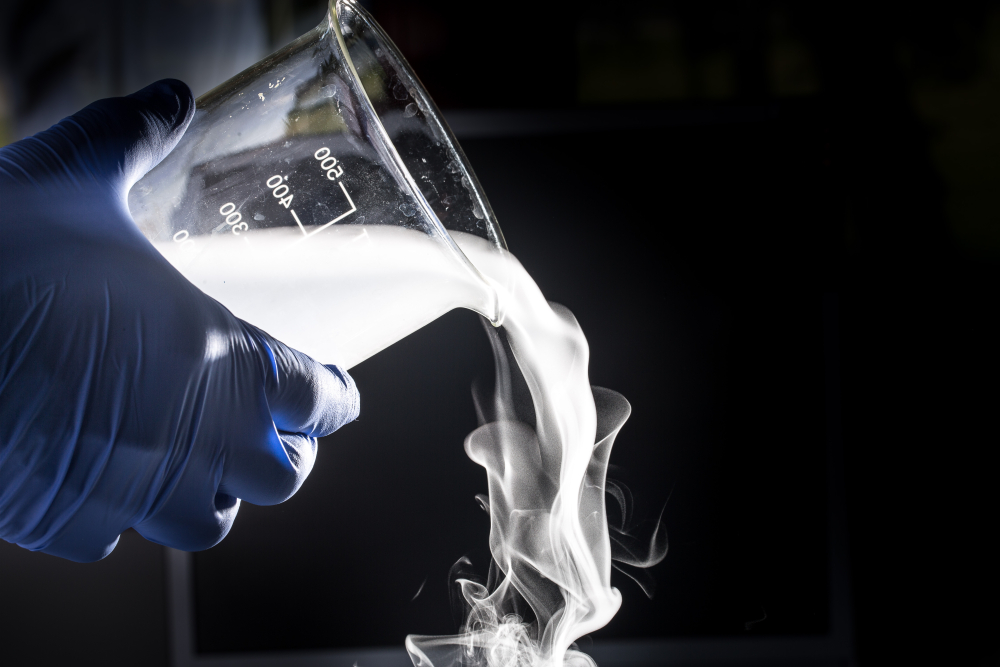
However, the storage of cell therapy products is only one example that illustrates how many different factors have to be considered not only concerning cryopreservation in general, but also adaptations in the process according to individual products.
This is the case, for instance, when cell derived or cell containing products are to be cryopreserved in monolayer: It is currently rather difficult to do so because of the damaging effect of cells being directly attached to tissue culture plastic. In cooperation, Single Use Support is working on innovative approaches to facilitate a cryopreservation freezing technique with direct contact of cells with microtiter cell culture plates as an alternative to cryoconcentration in suspension, with the aim to speed up laboratory processes by a significant rate.
Studies have proven a consistent and uniform high ratio of live cell recovery after cryopreservation of cells with accelerated cell-based process workflow. This will accelerate and simplify product development and workflows to access cell-based assays for labs on demand.
Furthermore, there is still a lot of research conducted on how to meet other individual requirements of several drug products, which only further highlights the importance of cryogenic freezing and storing for the biopharma industry.
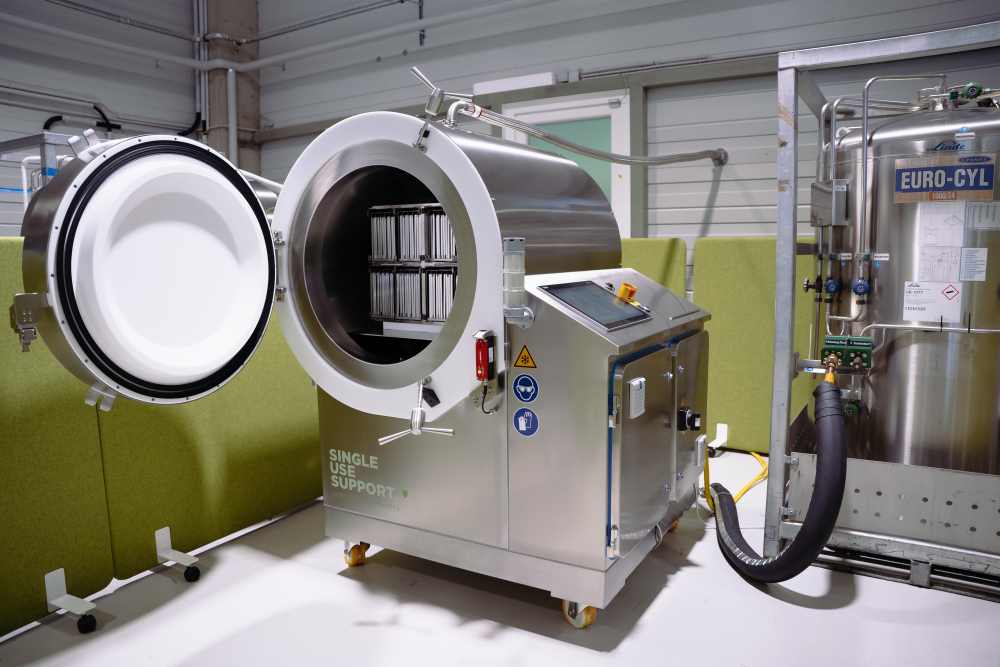
Controlled freezing with a cryogenic controlled rate freezer
Single Use Support has recognized the relevance of cryopreservation as well, which is reflected in our product portfolio: With the development of RoSS.LN2F, we have created a high-performance cryogenic freezer, able to achieve temperatures as low as -180°C with controlled freezing rates, high cost efficiency and low maintenance requirements.
FAQs
What is the temperature of cryopreservation?
There is no specific temperature that determines when to speak of cryopreservation, since the exact storage temperature depends on the specific requirements of a stored product. However, cryopreservation is set within the ultra-cold temperature range.
What is cryopreservation in biotechnology?
Cryopreservation is a most relevant procedure in biotechnology as it allows long-term storage of biological materials with minimized loss of viability. Storage temperatures are in the ultra-low range; the exact storage temperature is determined by the specific product characteristics.
Where else can cryogenic freezing be encountered?
Besides the development and storage of biologics and organic materials in the biopharma industry, cryogenic freezing is known to many people as a way of “cheating death” or literally a life insurance for VIPs from science fiction movies: Bodies are brought to cryonics institutes or cryonics facilities; then the whole bodies are cryogenically frozen by cryonicists.
In cryonic preservation, it is hoped (despite many scientists’ skepticism) that medical technology will make such progress that the frozen bodies – stored in dewars for this purpose – will one day be able to leave the cryonics process and, after thawing, be brought back to life (arising like a phoenix), with an intact human body and living tissue rather than as a human corpse respectively dead bodies. Hereby, it is necessary to avoid damage caused by the formation of ice crystals, choosing e.g. vitrification as a freezing method or the proper cryoprotectant, working as an antifreeze.
Organizations like the Alcor Life Extension Foundation have specialized in cryonic preservation, with prominent individuals being frozen cryonically – like Hal Finney, early contributor to Bitcoin. But also the body of baseball player Ted Williams was frozen at Alcor in Arizona.
One large field of application for the cryogenic freezing process is food processing; by deep freezing food products with refrigerants such as liquified carbon dioxide or dry ice, they are prepared for storage and transportation.
What is the difference between cryogenic cell freezing and cryonics?
The difference between cryogenic cell freezing and cryonics lies in their objectives and applications. Cryogenic cell freezing refers to the preservation of individual cells or biological materials at extremely low temperatures, typically for research, medical, or biotechnological purposes. This process allows cells to enter a state of suspended animation, where their metabolic activities are significantly slowed down, preserving their viability for future use in transplantation, regenerative medicine, and other life sciences applications.
On the other hand, cryonics is a broader concept involving the preservation of whole bodies or brains at cryogenic temperatures after legal death has been declared. Cryonics organizations and the medical staff they employ (e.g. neuroscientists) facilitate this process, and their goal is to preserve the structure and contents of the brain in hopes of future reanimation or resuscitation, using advanced technologies that may be developed in the future. The concept of cryonics is strongly debated and not currently supported by mainstream science or medical practices.
What is the procedure of cryopreservation?
Cryopreservation is a procedure where goods – most frequently biological materials – are frozen and stored at ultra-low temperatures in order to preserve their structural integrity, viability and capabilities.
What is a cryogenic freezer?
A cryogenic freezer is a device that is made to freeze goods like certain biological down to extremely low – cryogenic – temperatures. Often, liquid nitrogen is used to achieve temperatures lower than -150°C and to cryogenically freeze goods.
- Cryopreservation and its clinical applications, http://dx.doi.org/10.1016/j.imr.2016.12.001, Published 2017-01-10
- Julie Meneghel, Peter Kilbride, Bill Shingleton, Alex Nancekievill, John Morris. Shipping temperatures for cell therapies, https://www.cellandgene.com/doc/shipping-temperatures-for-cell-therapies-0001, Published
- Storage Temperatures for Cold-Chain Delivery in Cell Therapy: A Study of Alginate-Encapsulated Liver Cell Spheroids Stored at −80°C or −170°C for Up to 1 Year, http://dx.doi.org/10.1089/ten.TEC.2012.0307, Published 2012-07-27
- Storage Temperatures for Cold-Chain Delivery in Cell Therapy: A Study of Alginate-Encapsulated Liver Cell Spheroids Stored at −80°C or −170°C for Up to 1 Year, http://dx.doi.org/10.1089/ten.TEC.2012.0307, Published 2012-07-27
- Winter is coming: the future of cryopreservation, http://dx.doi.org/10.1186/s12915-021-00976-8, Published 2021-03-24



